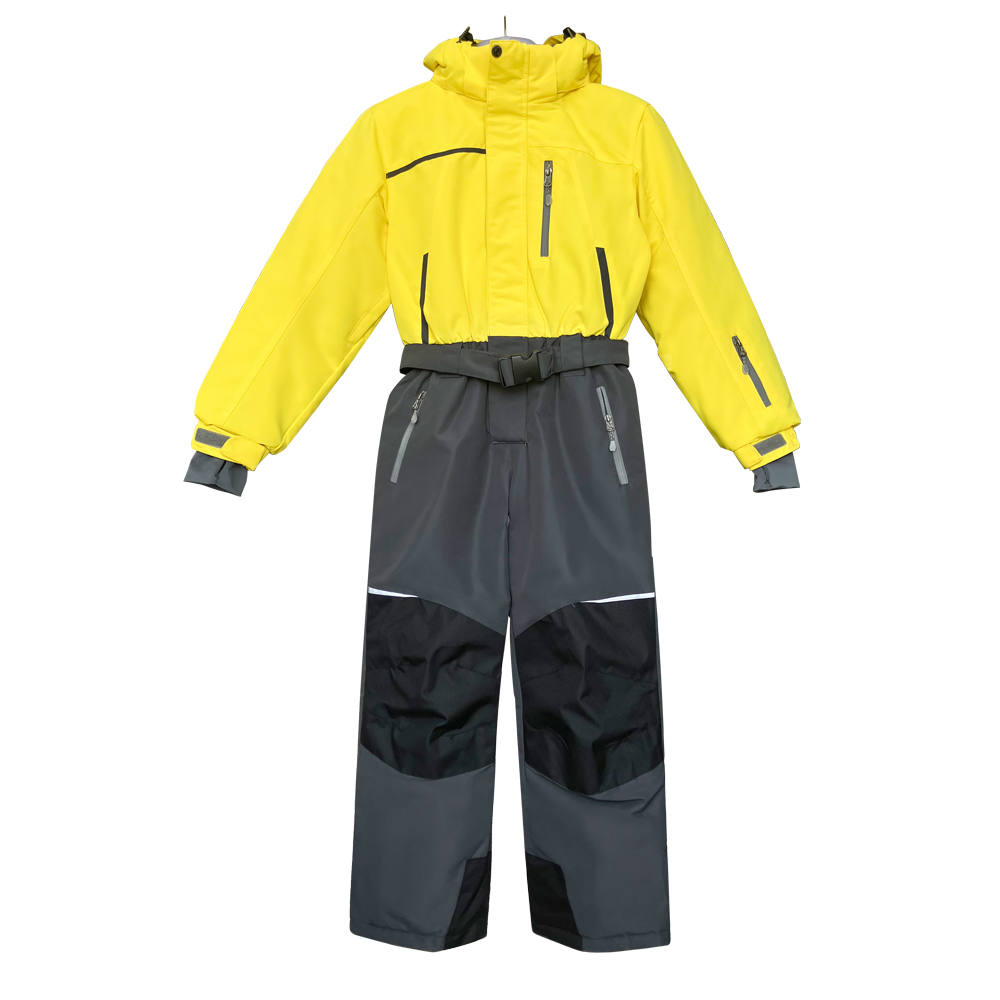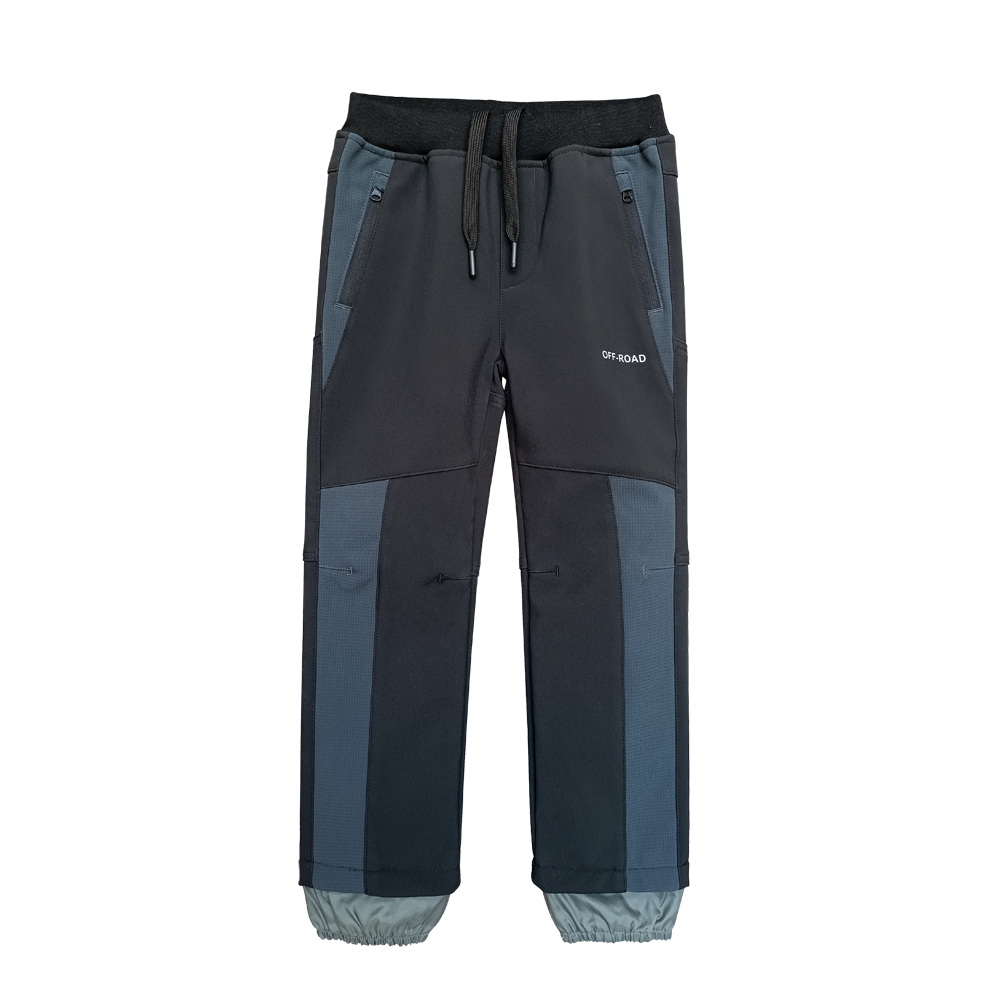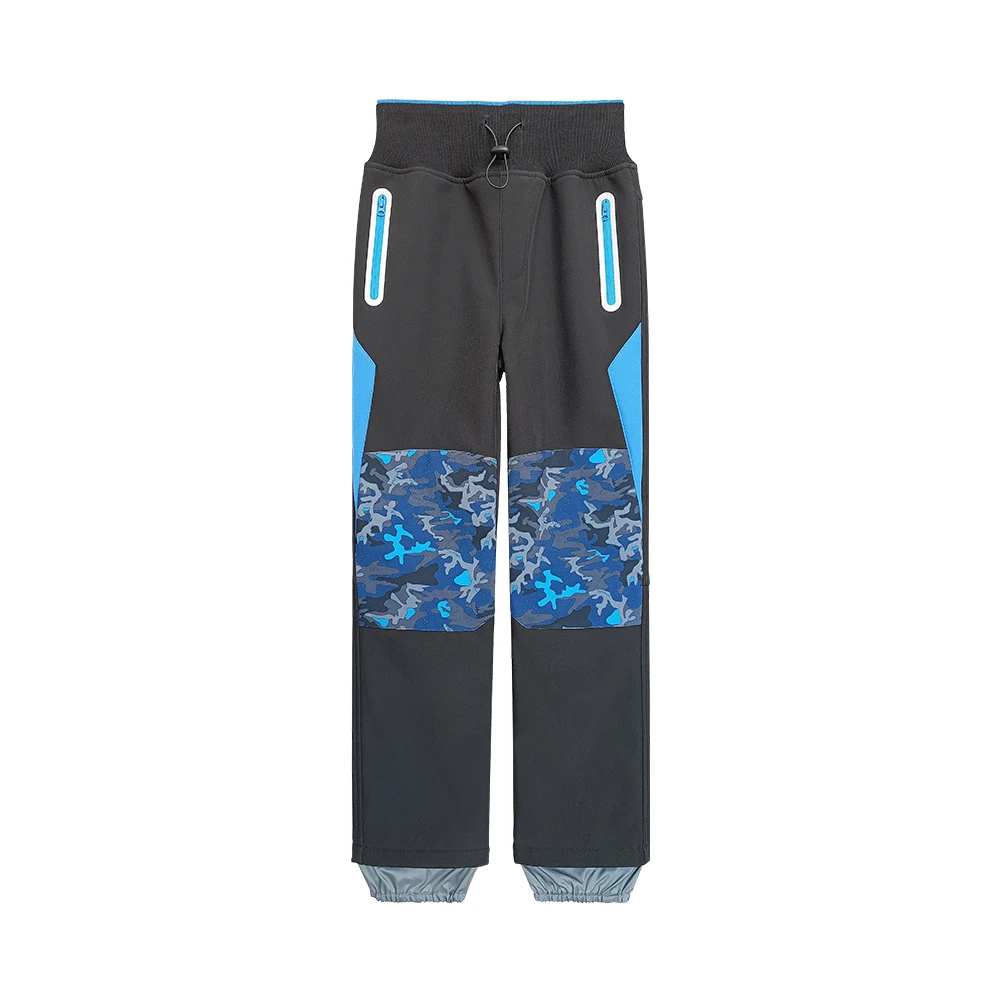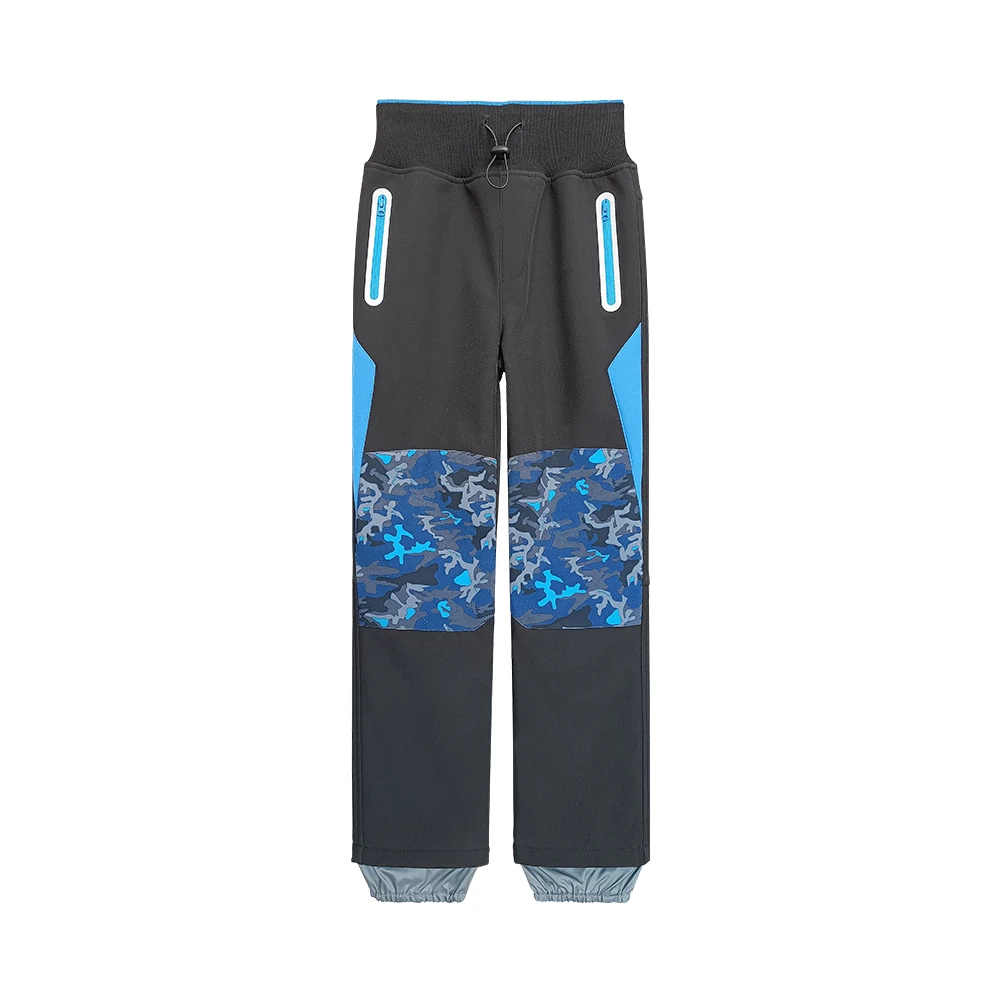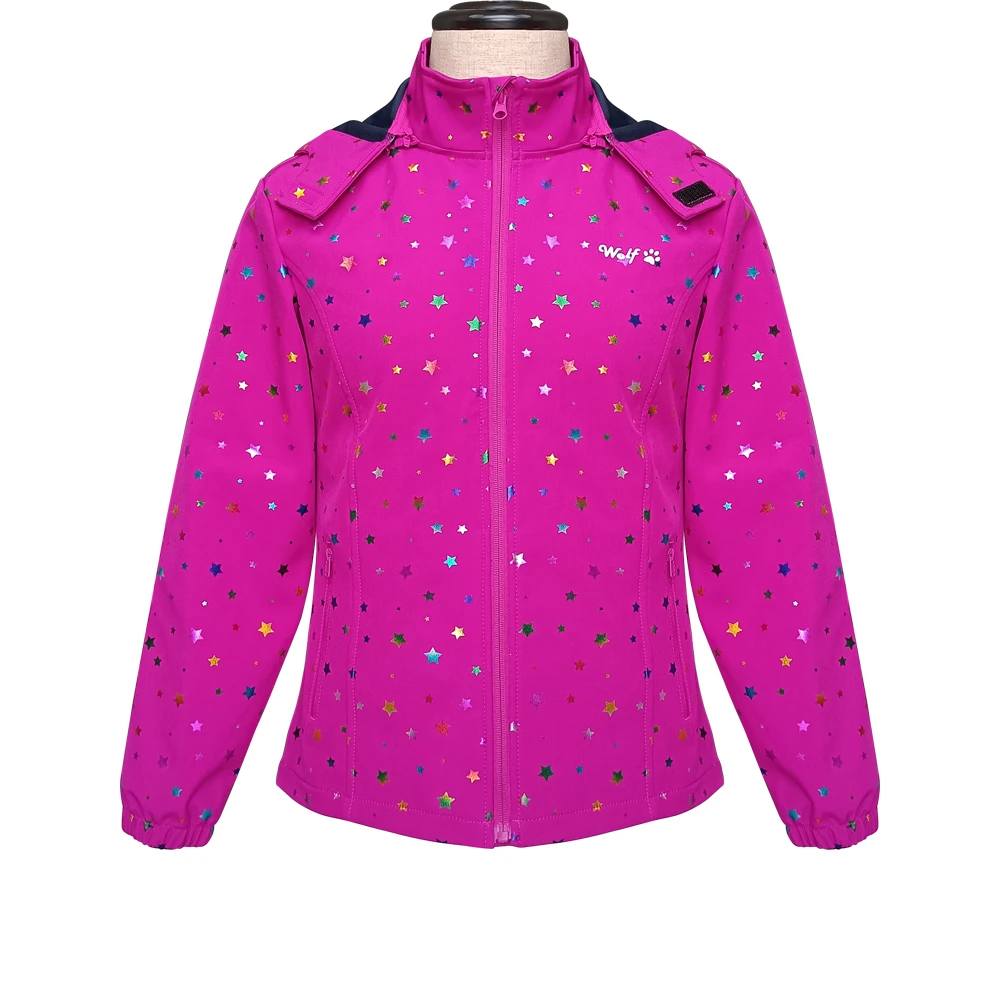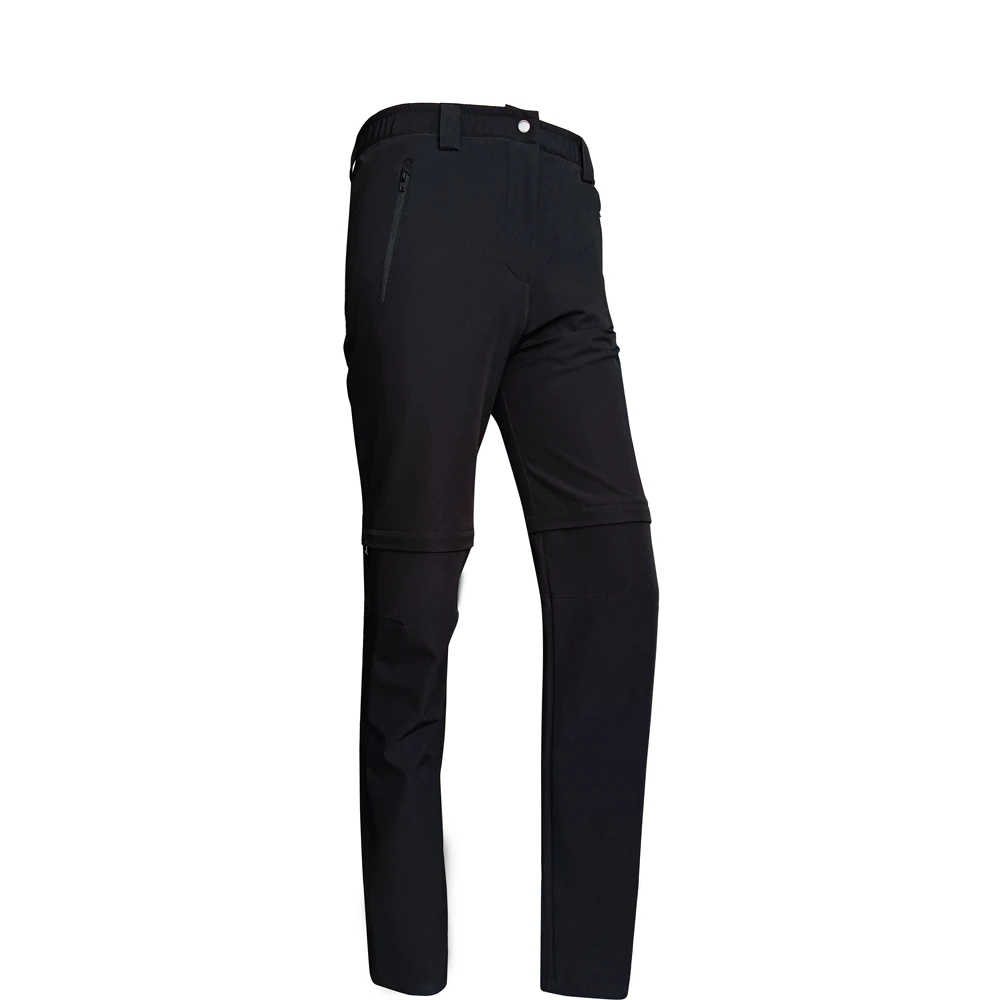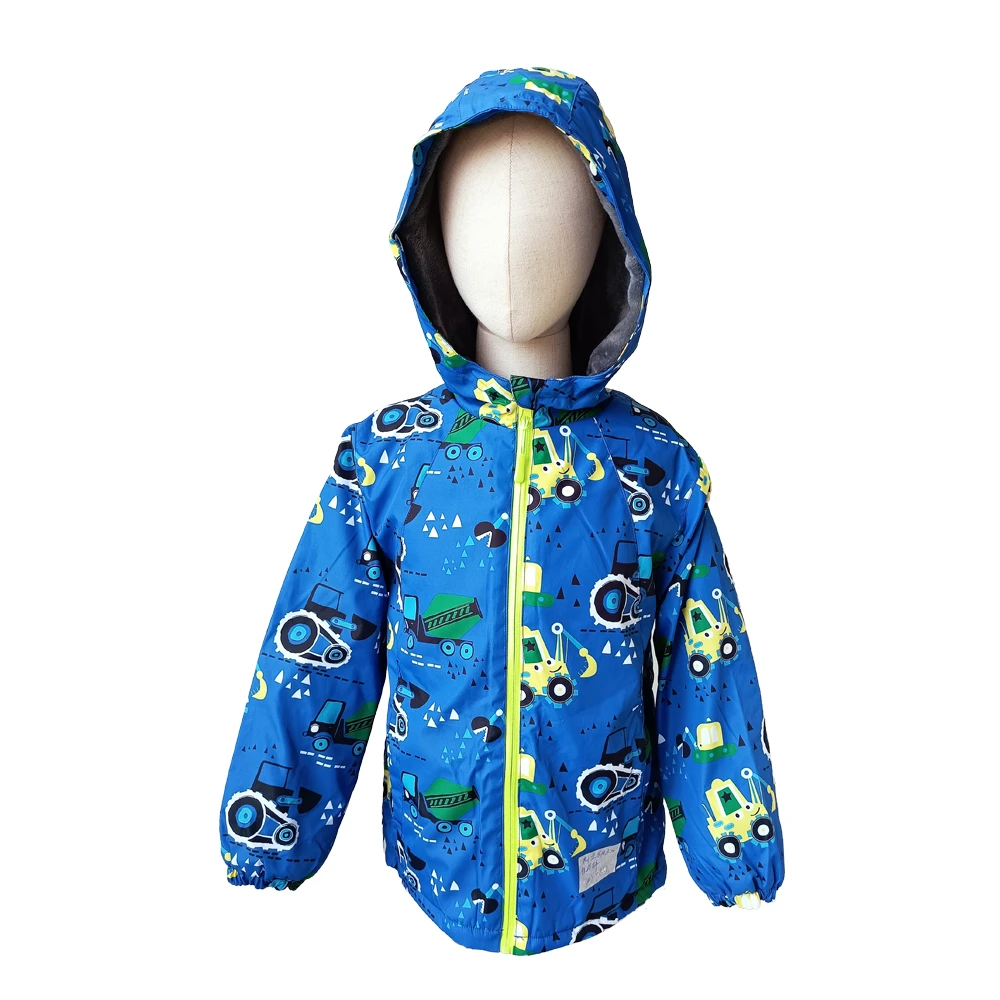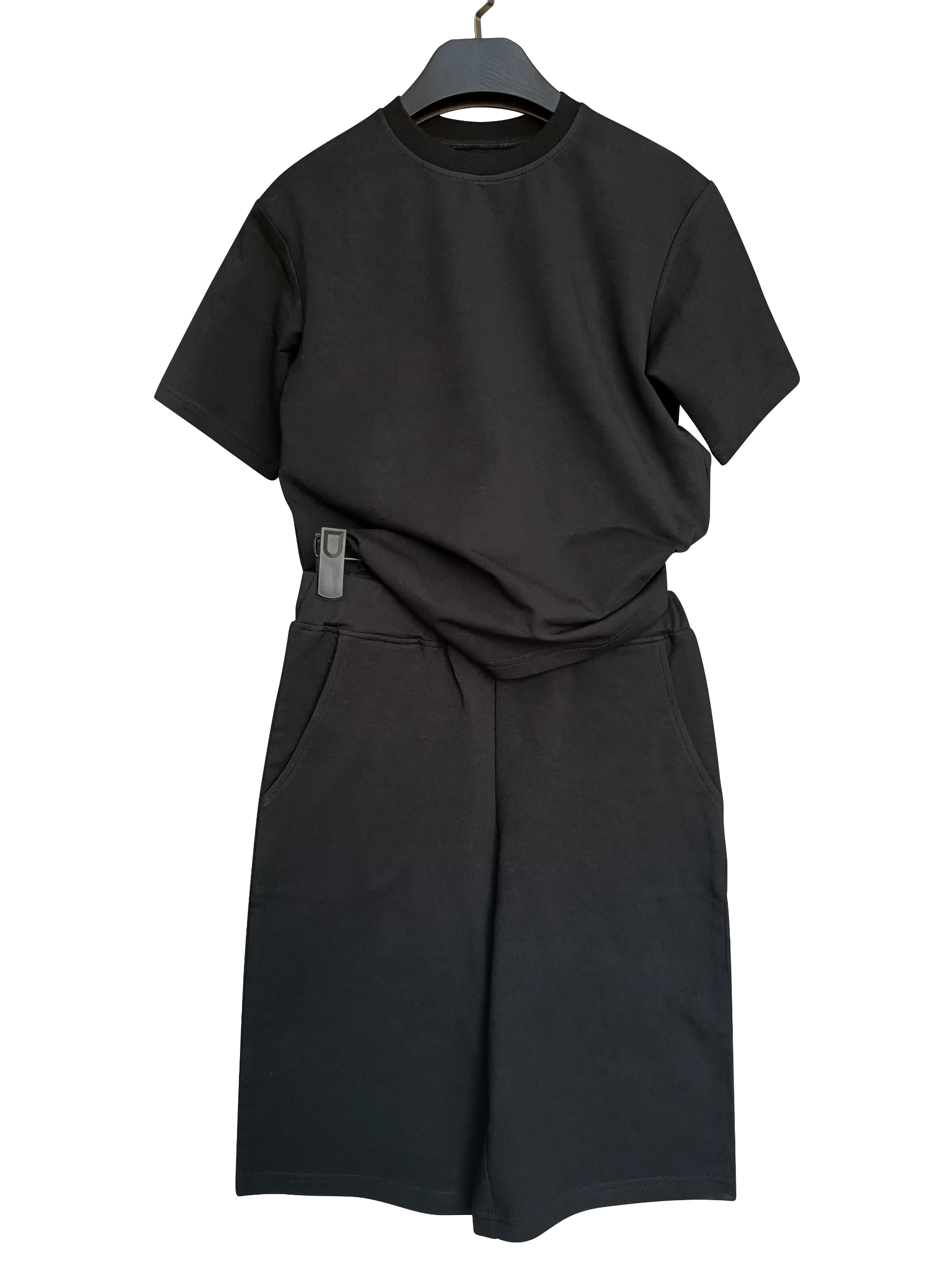Flame Retardant Workwear Essential Protection for Hazardous Environments
In industries where the risk of fire and extreme heat is a constant concern, flame retardant workwear is not just a preference; it is a necessity. The dangers posed by flash fires, arc flashes, and other thermal threats can have devastating effects on workers' safety and wellbeing. Therefore, equipping employees with appropriate flame retardant clothing plays a crucial role in ensuring their protection and enhancing safety standards within the workplace.
Understanding Flame Retardant Fabrics
Flame retardant (FR) workwear is made from specialized fabrics that are designed to resist ignition and inhibit the spread of flames. These materials are chemically treated or inherently flame-resistant, meaning they will not ignite as easily as standard fabrics. Often, they are combined with additional protective features such as moisture-wicking capabilities, durability, and resistance to abrasion to meet the rigorous demands of various work environments.
The most common types of flame retardant fabrics include treated cotton, aramid fibers (like Nomex and Kevlar), and modacrylic blends. Each of these materials serves a unique purpose and provides different levels of protection, allowing employers to choose the appropriate workwear based on the specific hazards present in their work environment.
Industry Applications
Flame retardant workwear is essential in various industries, including oil and gas, electrical utilities, welding, construction, and manufacturing. In the oil and gas sector, workers are often exposed to flammable materials and potential explosions; thus, flame retardant apparel is mandatory to shield them from injury. Similarly, electrical workers dealing with high-voltage systems must have effective flame-resistant clothing to reduce the risk of severe burns from arc flashes.
Welders, who work with intense heat and sparks, also depend on flame retardant garments to protect their skin from ignition. In construction, where workers face potential fire hazards from equipment and materials, proper flame resistant gear provides an extra layer of safety. With such broad applications, flame retardant workwear contributes significantly to reducing workplace accidents and injuries, fostering a culture of safety.
flame retardant workwear

Regulations and Standards
The development and use of flame retardant workwear are guided by specific regulatory standards to ensure effectiveness and safety. In the United States, the National Fire Protection Association (NFPA) has established guidelines that dictate the performance requirements for protective clothing and equipment. Standards such as NFPA 2112 (for flash fire) and NFPA 70E (for electrical safety) provide clear benchmarks that flame retardant clothing must meet.
Additionally, organizations such as ASTM International offer specifications that define the testing protocols for flame resistance, ensuring that workwear manufacturers adhere to strict safety criteria. Employers must familiarize themselves with these regulations to comply with occupational safety and health standards effectively.
Choosing the Right Flame Retardant Workwear
When selecting flame retardant workwear, several factors should be considered. The primary focus should always be the level of protection required for a given job. It is equally important to ensure that the clothing fits well and allows for a full range of motion. Comfort plays a vital role in ensuring workers can perform their tasks efficiently without compromising safety.
Furthermore, the maintenance of flame retardant clothing is crucial. Regular inspections and proper laundering methods should be adhered to, as improper care can diminish the flame-resistant qualities of the fabric over time. Employers must also provide training to their employees regarding proper garment usage, care, and the importance of wearing flame retardant clothing at all times in hazardous areas.
Conclusion
In conclusion, flame retardant workwear is an indispensable element of workplace safety in high-risk environments. By understanding the materials, adhering to regulations, and providing appropriate training, employers can significantly reduce the risks associated with fire hazards. Investing in quality flame retardant clothing is not merely an expense; it is a critical investment in the health and safety of the workforce, ultimately leading to a more productive and secure work environment.


